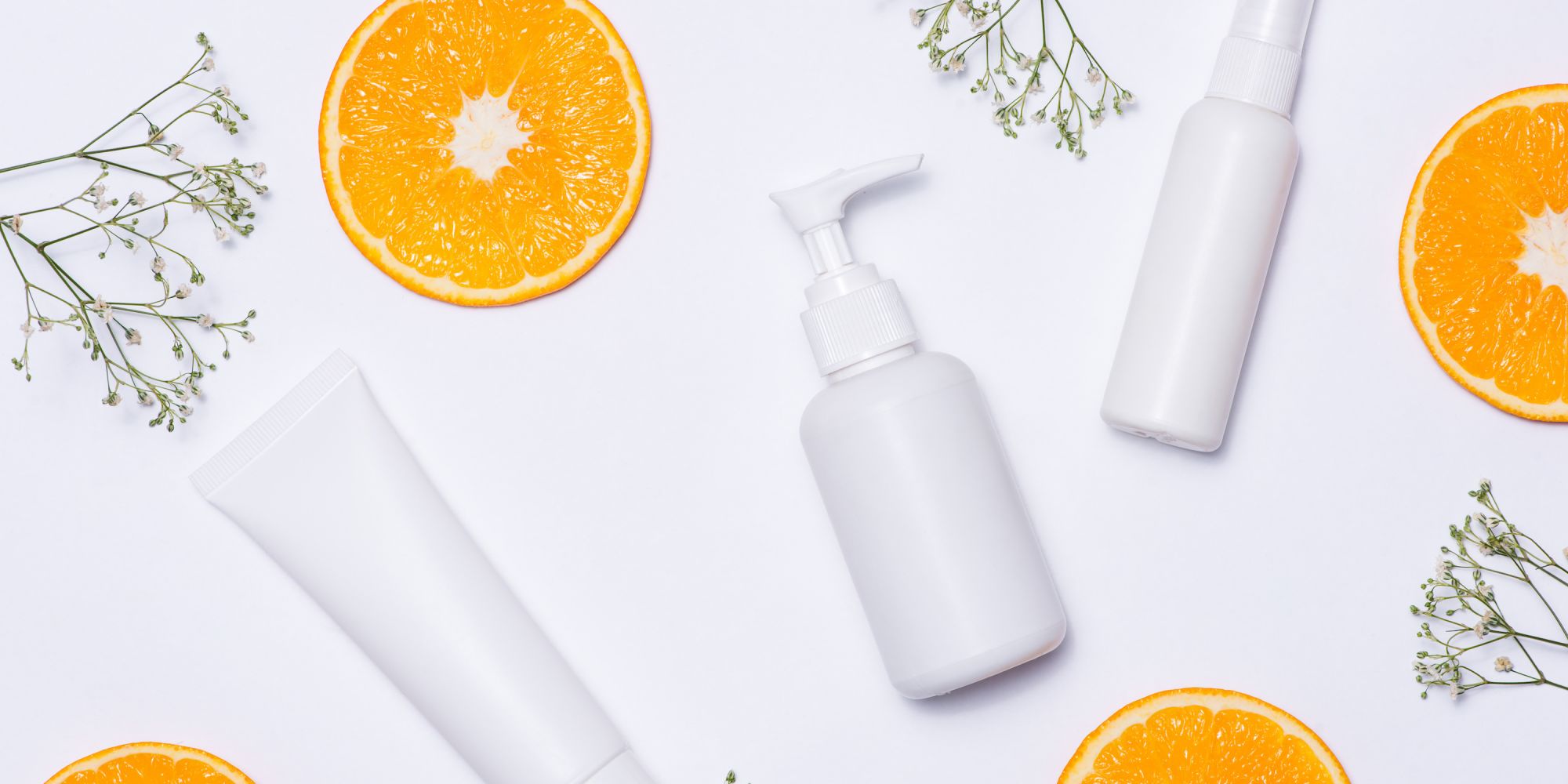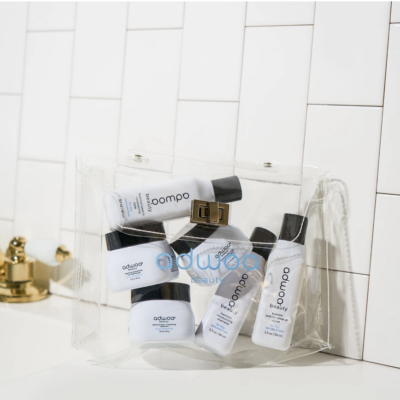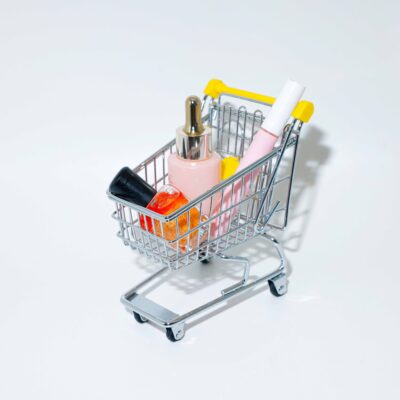
Small Batch Blues: Beauty Entrepreneurs On Coping With Supply Challenges
In this edition of Beauty Independent’s ongoing series posing questions to beauty entrepreneurs, we ask nine founders producing in small batches: How do you handle the challenges of inventory, expiration dates and quality control?
- Connie Dasilva Founder, Whole Clarity
We employ a variety of strategies for navigating these challenges. We keep our on-hand inventory relatively low since we manufacture in-house and have the capability of making things quickly to ensure that no product is more than three months old before reaching a customer. We package our products in smaller packaging with the idea that every two to three months you'll reorder. And, lastly, we worked with a chemist to dial in our production procedures so that each and every batch has at least three quality checkpoints to ensure consistency. He also helped us formulate a completely natural preservative blend made with carrot seed oil and geranium essential oil to prohibit mold and bacteria growth. After months of lab tests, we are confident that our products meet and maintain the highest quality standards each and every time.
- Lishawn Lalonde Founder, ULIV
Small batch is tricky. We keep low amounts of inventory and produce every week keeping them fresh. It's been a challenge with weather change on stability and shelf life as well as any cross contamination, even by air. What was really helpful was taking classes on recall systems and making sure we have proper documents for each ingredient. Safety data sheets, msds, certificates of analysis, etc. We took some classes with Gay Timmons at Oh, Oh Organic. We have a number on the bottom of every jar and document date and procedure. This is helpful when you have a bad batch or someone has a reaction. It will usually be the whole batch unless the consumer contaminated it somehow (hot car, dirty hands, etc.) We have a 100% replacement plan with our consumers as we learn to navigate through small batches. Also, getting a stability test and clinical testing helps. We use BioScreen testing. We love what we and are always continuing to upgrade ingredients and quality control.
- Brandi Leifso Founder and CEO, Evelyn Iona Cosmetics
This is a loaded question and has been one of our biggest challenges. There are a lot of moving parts that can create a domino effect and this often stems from cashflow (chicken) and inventory (egg) which is always a chicken and egg kind of situation. We've found that the best tool while navigating the challenge of inventory, expiration dates and quality control has been building strong relationships with manufacturing partners, suppliers, and everyone in-between. Problems happen, and like the saying goes “anything that can go wrong will go wrong.” We've found that our biggest assets lay with those partners that work with us to learn new ways to manage these ever-changing challenges. I think most people recognize that the industry is shifting to smaller batches, fresher ingredients and new concepts. Manufactures and retailers are navigating these new waters too. Finding a manufacturer and retail partners that see this as a collective challenge instead of a brand challenge are everything! We are so grateful to be surrounded by so many amazing people navigating these new waters and challenges with us. We also do our best to communicate expectations to our customers along the way through marketing efforts such as our “Fresh Stock Count” showing on our website how many Gel Liners we have left for the month and that we restock on the first of every month.
- Eric Korman Founder and CEO, PHLUR
The quick answer is not nearly as well as we would like, as this is a constantly evolving issue for us. When we first launched last year, our concerns were what your question implies: how do we place an order large enough to generate some scale economies and to ensure we’ve got enough on hand to satisfy sales before we can replenish, balanced against not ordering too much whereby we would run the risk of customers receiving stale inventory. Fortunately, we’re pretty good at guessing our revenue projections, and to give ourselves a wider margin of error we took the matter literally into our own hands - meaning we decided early on to physically hold inventory and fulfill ourselves. This ensured our products are always stored at the correct temperature, providing maximum shelf life and direct quality control. Now in our second year, we’re growing so quickly that our challenge is no longer typically about expiration dates, but rather re-order cycles and managing balance sheet requirements. A good problem to have for sure, but a challenge nonetheless!
- Tanja Gruber Founder, max and me
Austrian regulations on organic green beauty are one of the strictest, even being more strict than EU regulations. So right from the beginning we were assigned a security adviser by the government who is a biochemist and examines each and every product, ingredient and formulation due to its compatibility with regulations. Plus, we have a yearly audit from a commission coming from BDIH/IONC - our organic certifier - checking everything in the manufactory and closely screening ingredients as well as the pretty bottles and jars that house our treats. We established a twofold/duplex quality control. One includes sensory quality control, where our experts regularly check the quality smell, color, consistency, etc. This check is performed twice before production and within 21 days after finishing a batch, to be followed with the check of Retention Samples. The other quality control is done by an independent laboratory within a similar frequency. max and me products are checked on their TAN (total acid no.), PN (peroxide-no.) and FFA (free fatty acids). We use a special software program to control inventory. It holds each single item of our products, from the little crystal stone on the lid of the bottles to the quantities of carrier oils in our 200 ml units for Back Bar. Each ingredient is maintained in the system and the organic certificates and batch numbers are stored from the moment we receive the items. Producing a batch of our products will reduce inventory by this software by exactly the amount of ingredients and bottles, jars, labels and tubes used. Predefined minimum inventory both on ingredients and on finished products allow a definition of warning procedures.
- Jess Lafleur Founder and CEO, Stark Skincare
As a growing, yet still tiny company, challenges like inventory management are beginning to become more and more of an issue for me. 2017 was a big year for my brand, and we experienced many inventory issues - namely, selling out of items much quicker than we could have predicted - but at least that means that product is always fresh, never sitting on the shelf in our warehouses. 2018 will bring more launches for Stark, and therefore my line becomes more complicated and so becoming leaner and more streamlined is more of a goal than ever. The focus right now is to become a more efficient, nearly zero-waste company, embracing that because we are small we can be nimble, and these growing pains are here to tell us that we need to revamp our processes and simplify everything even more. I love this type of problem-solving challenge, as I am not one to ever just throw money or more people at a problem. I need to deconstruct everything from how I order my bulk ingredients to how I ship out orders and everything in between.
- Yun Li Co-Founder, YULI
Beyond small batch production, we also make the products fresh-to-order and source from our own land. This form of integration is complex but ultimately produces several advantages. Mainly, we are able to control our own supply of raw plant material. As we product in-house, we’re able to integrate each step from plant extraction to bottling into a streamlined process with average wait time of only one day from when an order is received. Our products have peak potency periods ranging from six months to 12 months. Anything longer than this cannot sustain the bio-active nature of raw plant material so we recommend use within this period. Most products on shelves are sitting in inventory for months until they make their way to the end-users home. We make our products fresh using ingredients that were just processed and ship directly to our clients so what they receive is exceptionally active. Beyond that, we also incorporate safe, food-grade preservation systems to maintain the potency and stability of our formula. Our lab has control units and batch testing that involves a thorough range of bio-metrics to verify formulation integrity and this is essential for quality control. We are able to track the batch of each bottle sold, and cross check with our database that maintains control units from the same batch. With that said, we haven’t had to do that because all products go through bio-metric testing before dispatch and are filled using the stricter EU guideline on good manufacturing practices that control for issues such as contamination and consistency.
- Jessica Morelli Founder, Palermo Body
Working in restaurants for years helped me establish a general understanding for FIFO procedure (first in, first out). We are diligent in making sure to keep track of when a particular ingredient came in or product was made. We use "use first" stickers on all ingredients that should be used first. Simple, but another tried and true restaurant trick. Until recently we kept track of batches and ingredient levels in simple sheets and lists, but keeping these accurate and up-to-date became more difficult as we became busier. I have started working with a inventory tool that is very robust in it's capabilities with many intricacies that have made it time consuming to set up but helpful in the end. This will now link our raw materials to our manufacturing, and then our finished goods. We still make all of our products ourselves in small batches so we move through our finished goods inventory rather quickly. I imagine as we continue to grow we will begin making product to stock for a period in an effort to always be ahead of production, however at the moment we just don't have the space for this, so we make it as needed. Space is one of the many struggles of having a manufacturing business in New York City and plays a factor in almost every decision I make.
- Kara Brook Founder, Waxing Kara
When I started a few years back, I didn’t realize what a big deal inventory management would quickly become from tracking ingredients to keeping up with product stock. I had a computing background and thought that, if I tracked everything from raw materials to finished product in software, that would be the answer. We spent hundreds of hours breaking down our products and our raws to the ingredient measure. It was complicated, time consuming and most important, not the answer. You have to have time and/or resources to keep pace with the software and it often went neglected and was never correct. Today we have a system in place called “I notice,” a white board where we make notes to communicate what’s low in stock. Everyone is responsible to “I notice” no matter what role they play in our shop. We also take a monthly inventory. After abandoning two different and equally complicated software products to manage our business, we have moved on to a POS system in our store that ties to our web site. We focus mostly on product inventory and making sure it’s at least 80% accurate at any given point in time. Also important to mention: we make a lot of our goods to order. We keep our ingredient list close to the earth as possible and only use ingredients that exist thanks to the mighty honeybee. That helps with a shorter list of ingredients. We focus on making mostly anhydrous products which adds to the shelf life and reduces the risk for mold or bacteria. When a product needs a preservative system, we work with chemists and formulators who have more than 15 years of experience to make decisions about preserving those products. QC and Good Manufacturing Processes (GMP) go hand-in-hand. It took us almost two years to put all the GMP pieces into place. The good news is we started the GMP process when we started the business. I took a class with Lela Barker and required any of our makers to go through GMP training as well. Three of us worked on GMP before one final outside teammate came in and finalized every single procedure. Every product that we make has been broken down into steps. Every ingredient has a receiving process for acceptance. Each piece of equipment and its maintenance is logged. We use a professional induction sealer to seal in the freshness of our products. We date our products with a one year shelf life even though many of them can last much longer than that. We also always recommend using our products within six months of opening.
If you have a question you’d like Beauty Independent to ask beauty entrepreneurs, please send it to editor@beautyindependent.com.





